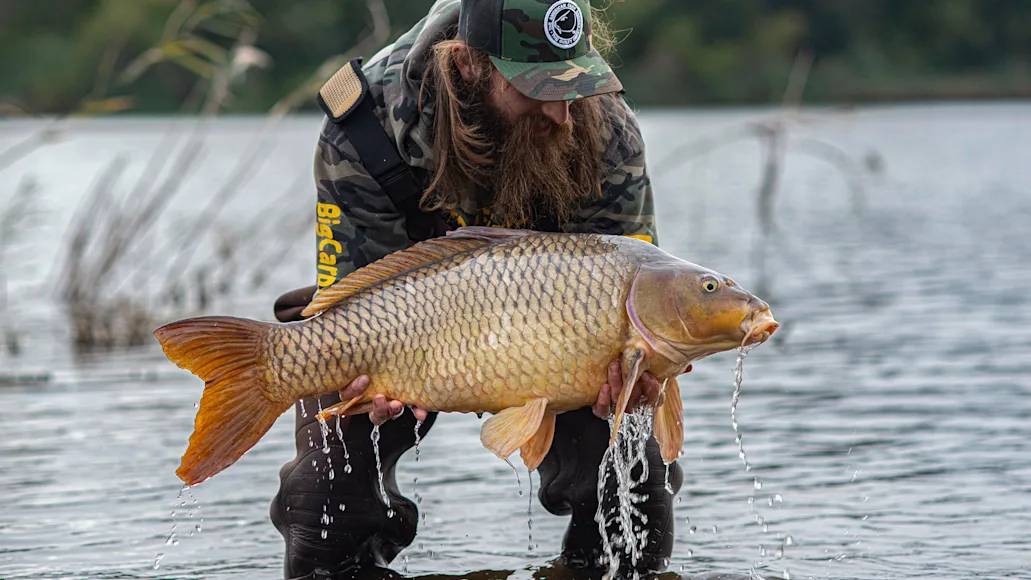_We may earn revenue from the products available on this page and participate in affiliate programs. Learn more ›
_
There are two perceptions of common carp among anglers in the United States. One group believes that carp are dumb and that nothing could be easier than going after them. They believe that learning how to catch carp is just a matter of putting few kernels of corn on a hook sitting in a lawn chair. This group, however, consists mainly of folks with no interest whatsoever in actually catching carp, and, dare I say, might even look down on people that fish for them on purpose.
The other camp—which I happen to fall into—consists of people who fly fish for carp
or lean on tactics and specialized gear developed in Europe where carp are held in high regard as sport fish. This group will tell you these lowly bottom feeders are some of the smartest, snobbiest, most cunning, and temperamental fish that swim. A serious carp angler may very well insist fooling a bass or trout is child’s play compared to consistently getting big carp on the end of your line.
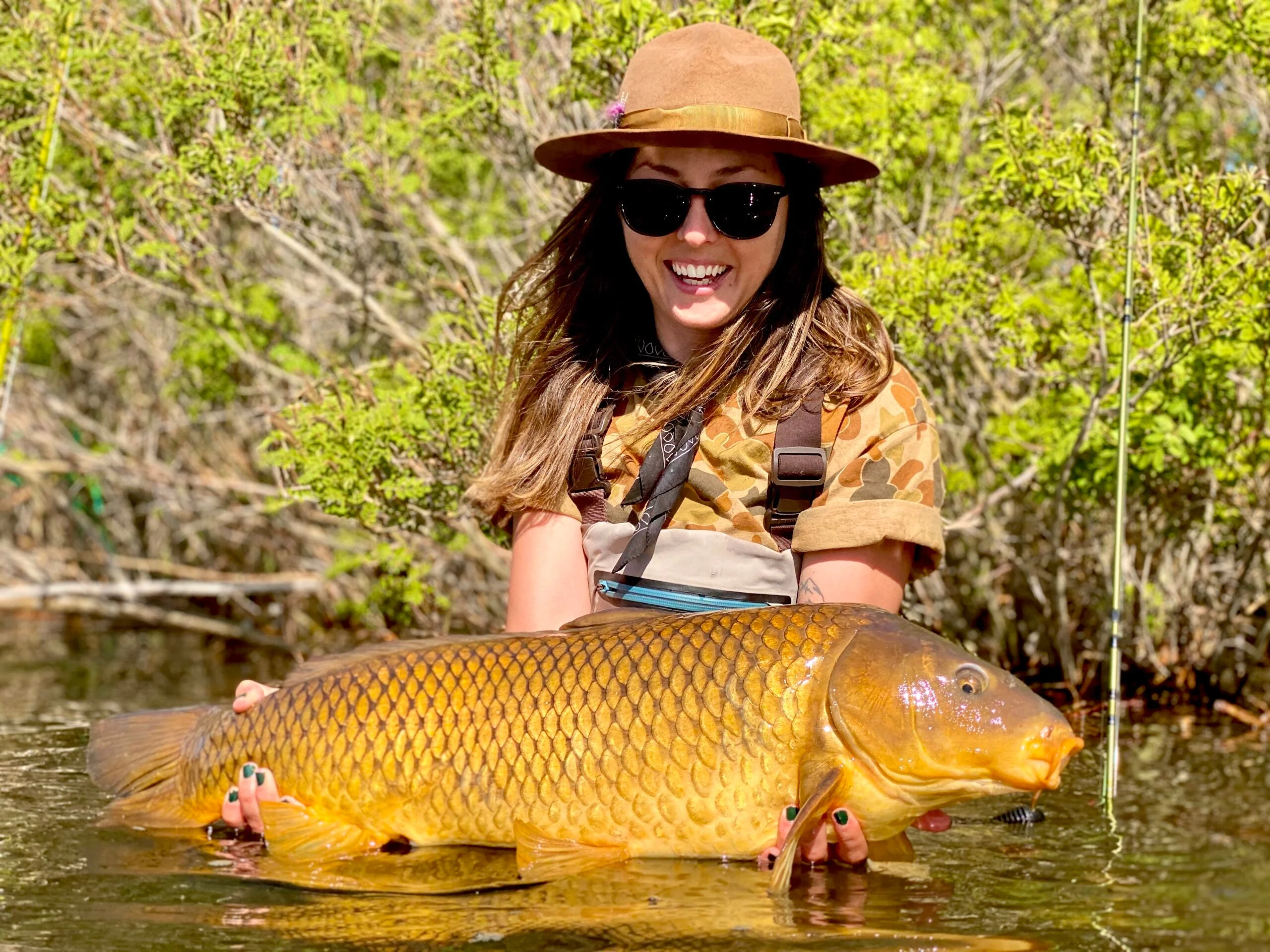
Consistently catching big carp like this one takes real skill. American Carp Society
Having spent years targeting carp using all the aforementioned methods, I can confidently say the truth lies somewhere in the middle. Are there times and places when you could flip out those corn kernels and connect fast? Absolutely. Are there also scenarios where you might spend hours waiting to make one fly presentation or get the perfect bait in front of a persnickety giant? One hundred percent. In my opinion, though, carp worth going after either way, and if you’re targeting these overlook game fish, you’re missing out. So let take a deer dive into how to catch carp, whether they are piece of cake to hook or as serious a challenge as any sipping brown trout.
Learn how to subscribe to the new Field & Stream magazine here!
How to Catch Carp: Table of Contents
Where to Find Carp
What Carp Eat and How They Feed
How to Catch Carp with a Hair Rig
How to Catch Carp by Chumming
The Best Carp Baits
How to Catch Carp on Corn
Using Bread for Carp Bait
How to Catch Carp with Oatmeal
Carp Candy: Boilies
Garden Worms for Carp
Where to Find Carp
What makes carp difficult or easy to catch has a lot to do with their environment; the carp in a park pond might gobble the first piece of corn they see, while the ones in a lake down the road might snub their noses at all but the perfect bait on exactly the right rig. To get you on the track to success, I’m taking a middle-of-the-road approach. I won’t suggest you spend hundreds or thousands of dollars of specialty carp rods and reels or fancy bite alarms that are so common overseas, but I do believe in putting in a bit more effort than lobbing out a corn kernel in order to learn how to catch carp wherever you find them. Before we dive into tactics, however, there are some basics you need to know about these “dumb” fish.

Anyone who thinks carp are dumb and easy to catch should try fly fishing for them in a clear-water lake. American Carp Society
Common carp can be found in every state in the lower 48, which makes them very accessible. No matter where you live, there are carp not too far away, but what some people may not realize is that they’re not supposed to be here. In the 1800s, carp were imported to the U.S. from Europe and Asia. At the time, it was believed these hearty fish capable of thriving in a wide range of climates and conditions would serve as a food fish. Given that you don’t see common carp on very many menus, that didn’t really work out. Unfortunately, what no one anticipated was the carp’s ability to migrate and proliferate, and within a few decades of introduction, their range had expanded rapidly.
Carp have the ability to survive in polluted water and water with low oxygen levels, which is why they are often found in great numbers in less than pristine city canals and concrete drainage ditches. The frequency with which they’re found in what many would say is dirty, nasty water feeds the reputation that they will literally suck up any kind of rotten garbage on the bottom. But this couldn’t be further from the truth. So let’s take a closer look at their feeding habit.
What Carp Eat and How They Feed
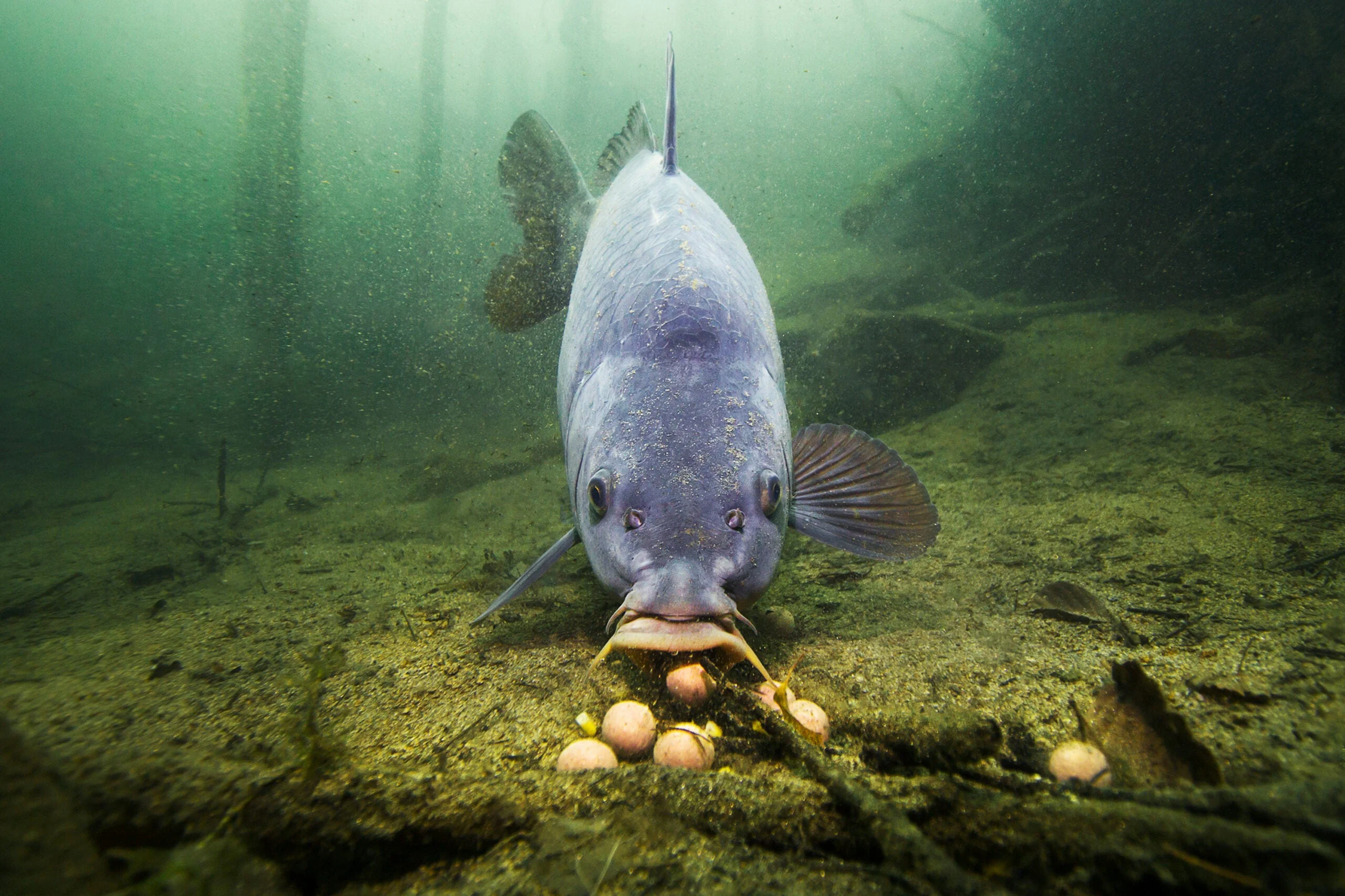
A carp slurps up boilies off the bottom. Adobe Stock
A carp’s extendable, downturned mouth is designed for rooting through silt and mud and vacuuming up food, but they’re a lot more discerning than people think. Furthermore, those goofy rubbery lips have a special characteristic that can make it very tricky for people learning how to catch carp to get fish securely pinned on a hook.
Though carp are perfectly capable of eating foods hovering in the middle of the water column or at the surface, most of their feeding will take place on the bottom, regardless of where you find them. To locate and consume exactly what they want in a river or lakebed, these fish rely on their incredible sense of smell and the sensitivity of their mouths. Their lips and short barbels—the whisker-like appendages on the side of their mouths—can feel the difference between a stonefly nymph and tiny piece of twig in the darkest mud in the dirtiest water. Likewise, those lips will sense the metal of a hook very quickly, which is why when fly fishing for them, it’s critical that you be able to see the carp take the fly into its mouth, because it’ll will figure out in half a second that it’s not real food and it will spit the fly right out.
How to Catch Carp with a Hair Rig
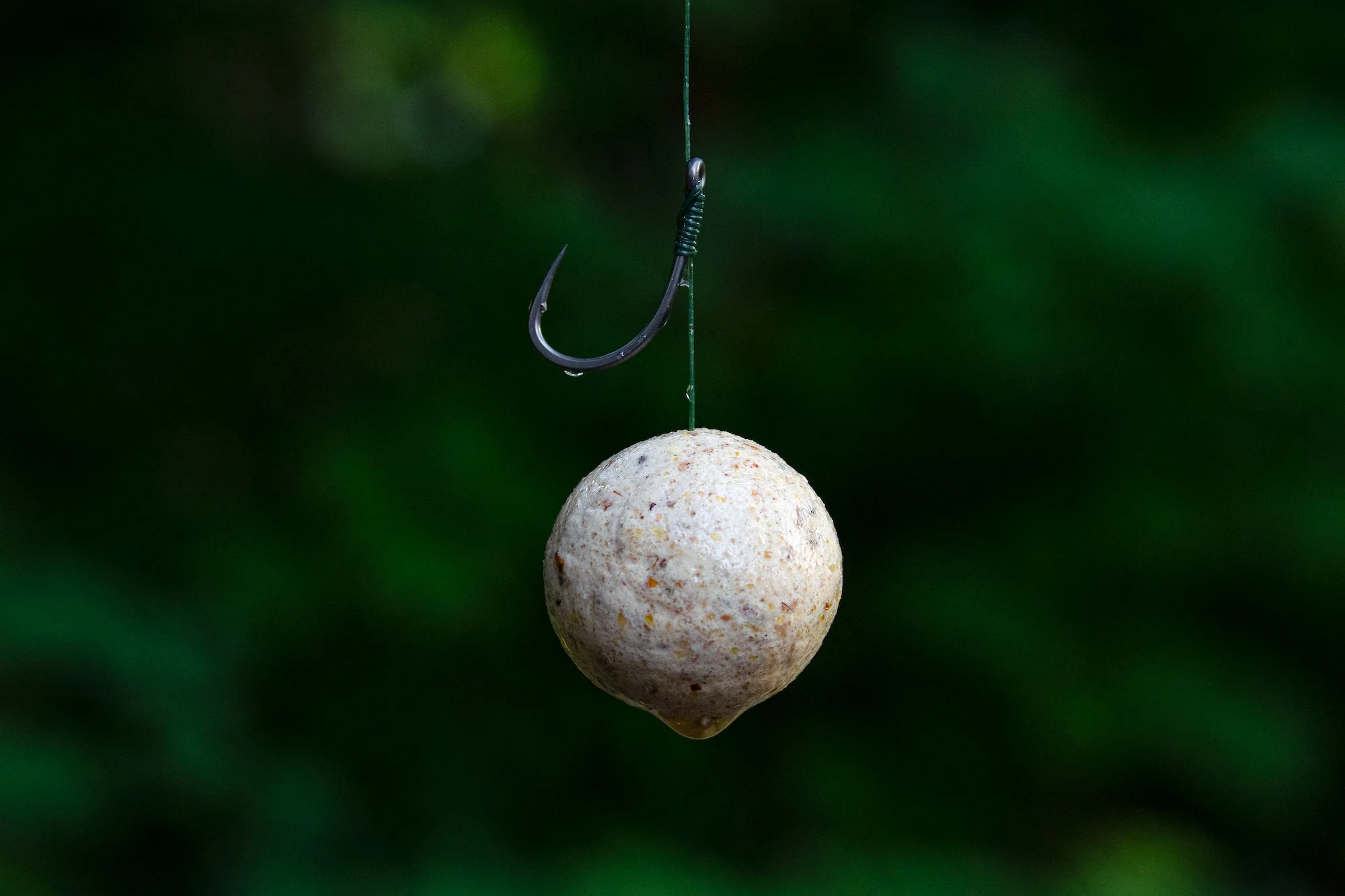
A hair rig with a single boilie attached. American Carp Society
European anglers developed the hair rig
to combat a carp’s sensitive mouth. With a hair rig, the bait is never threaded onto the hook, but rather threaded on a short trace of leader that extends slightly beyond the hook. The idea is that when a fish sucks up the bait, it won’t feel any sharp metal right away, prompting it to fully engulf the meal and suck in the bare hook behind the bait in the process. When paired with a heavier sinker, a hair rig is also designed to make the hook grab fast as the weight creates resistance before the fish has time to spit.
Even without buying in on all the specialty European carp tackle, a hair rig can be used with any rod and reel and offers a significant advantage. There are also myriad tutorials on how to tie your own hair rigs
on YouTube, and despite many of them suggesting fancy lines and pieces of terminal tackle used overseas, I can tell you from experience that a simple piece of braided fishing line will suffice, and a common casting sinker
or flat sinker
available in any tackle shop will do the job. As for hooks, a small short shank
designed for steelhead works really well.
Choosing the ideal rod and reel depends on the size of the carp you’re likely to catch. Make no mistake, carp fight incredibly hard. They will peel drag and they will make you work to land them. A standard medium-action spinning combo
spooled with 8-pound monofilament
is fine for fish weighing up to roughly 12 pounds, but if you’re consistently targeting fish in the teens, 20s, or heavier, you’ll want a longer, stouter rod
, and a reel
that holds at least 300 yards of 20-pound braid
.
How to Catch Carp by Chumming
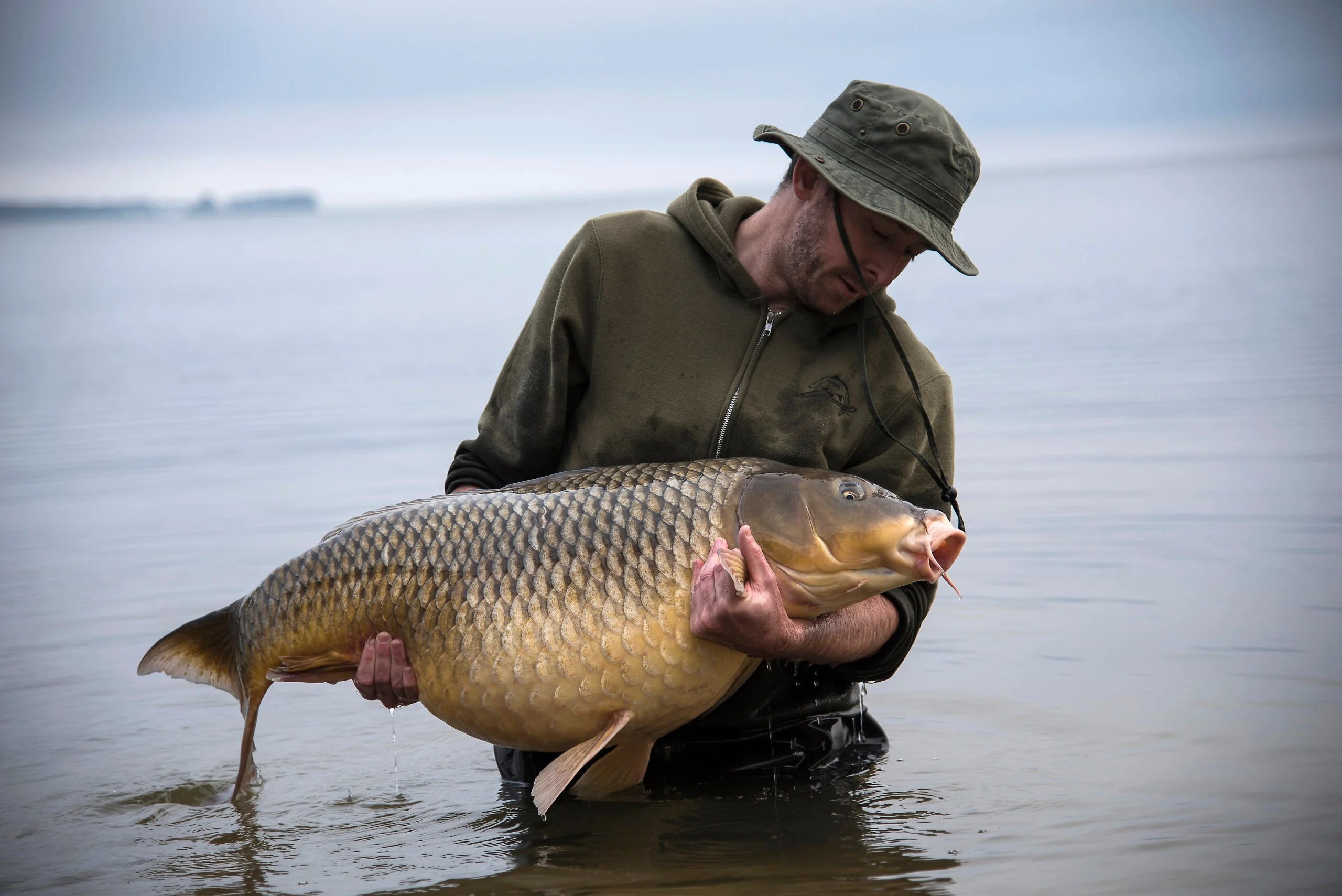
Angler Erick Maybury hoists a trophy-size common carp. American Carp Society
Perhaps the most important thing to understand about how carp feed is that they’re creatures of habit. They’ll return to the same areas to search for food day after day until the source is no longer available or until season or conditions force them to another area. Given that carp are prone to routine feeding, they can also be conditioned, which is why chumming is so important in the European carp angler’s game. Though they refer to the practice as “baiting the swim,” it simply means that days, weeks, or just hours before fishing, they’ll chum the area to get the fished attracted to the spot quickly or coming back day after day to check for food. This is critical in Europe where carp are highly pressured, but it’s beneficial here, too. To get back to corn, it’s an outstanding bait (as we’ll see below), but the smarter way to use it would be broadcasting a few handfuls and setting your hooked corn right down in the middle of the pile. When carp get worked up on a food source, they gobble morsels off the bottom in a frenzy. This is what you want, and you simply hope your hook bait gets sucked up in the process. Casting out just a few kernels on a hook will be less effective most of the time, as it won’t provide enough scent to draw carp from a distance and they’re more likely to study or refuse those few lone kernels. Corn, of course, is just one of many top carp baits.
The Best Carp Baits
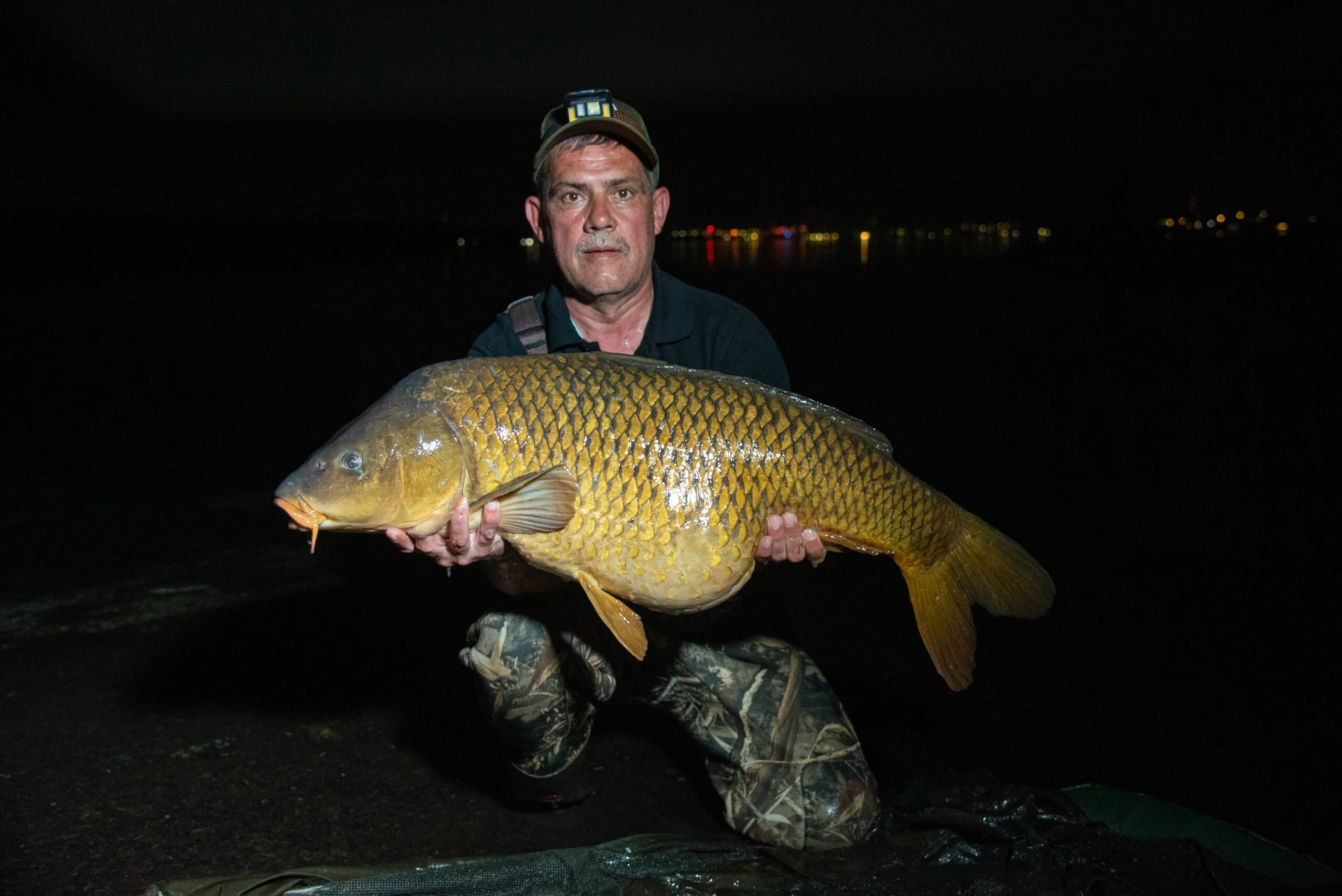
You can catch big carp day or night on a variety of baits. American Carp Society
Why is corn so potent? For starters, it has a sweet smell. Whereas catfish are attracted to the odor of both fresh and decaying sources of meat, carp like it sugary. This why so many pre-made baits available in the European market feature delicious flavors like strawberries-and-cream, peach, and vanilla custard. Corn is also great because carp gravitate to highly visible morsels. You’re not going to find carp ripping chunks off a dead fish or grabbing something too big to fit in their mouths. They don’t have teeth and are simply not designed to feed that way. But they spend a lot of time “testing” morsels to check if they’re food, and brightly colored objects that stand out on the bottom often get “tested.” This is why my number one carp fly is a salmon egg. Even though it may not represent a specific food item in the body of water I’m fishing, it’s size, shape, and color represent everything from a berry that fell off a tree to a kernel of corn to a Tic-Tac a kid threw in the pond. It looks like something that might be food, and if you get it in front of enough feeding carp, one will eventually give it a test. Flies don’t have any scent, of course, which doesn’t make scoring takes any easier, but if you’re fishing with conventional gear, here are the top baits, with explanations and specific techniques below:
Corn
Bread
Oatmeal
Biolies
Worms
How to Catch Carp on Corn
I know I’m beating a dead horse at this point, but corn reigns supreme. It’s readily available and cheap enough that you can by as many cans as you need for chumming. You can even buy it at the dollar store because the carp don’t care if you’re using Green Giant sweet corn or an expired off brand. If you want to try corn of a different flavor, there are even faux varieties
available that might be worth mixing into the spread.
Using Bread for Carp Bait
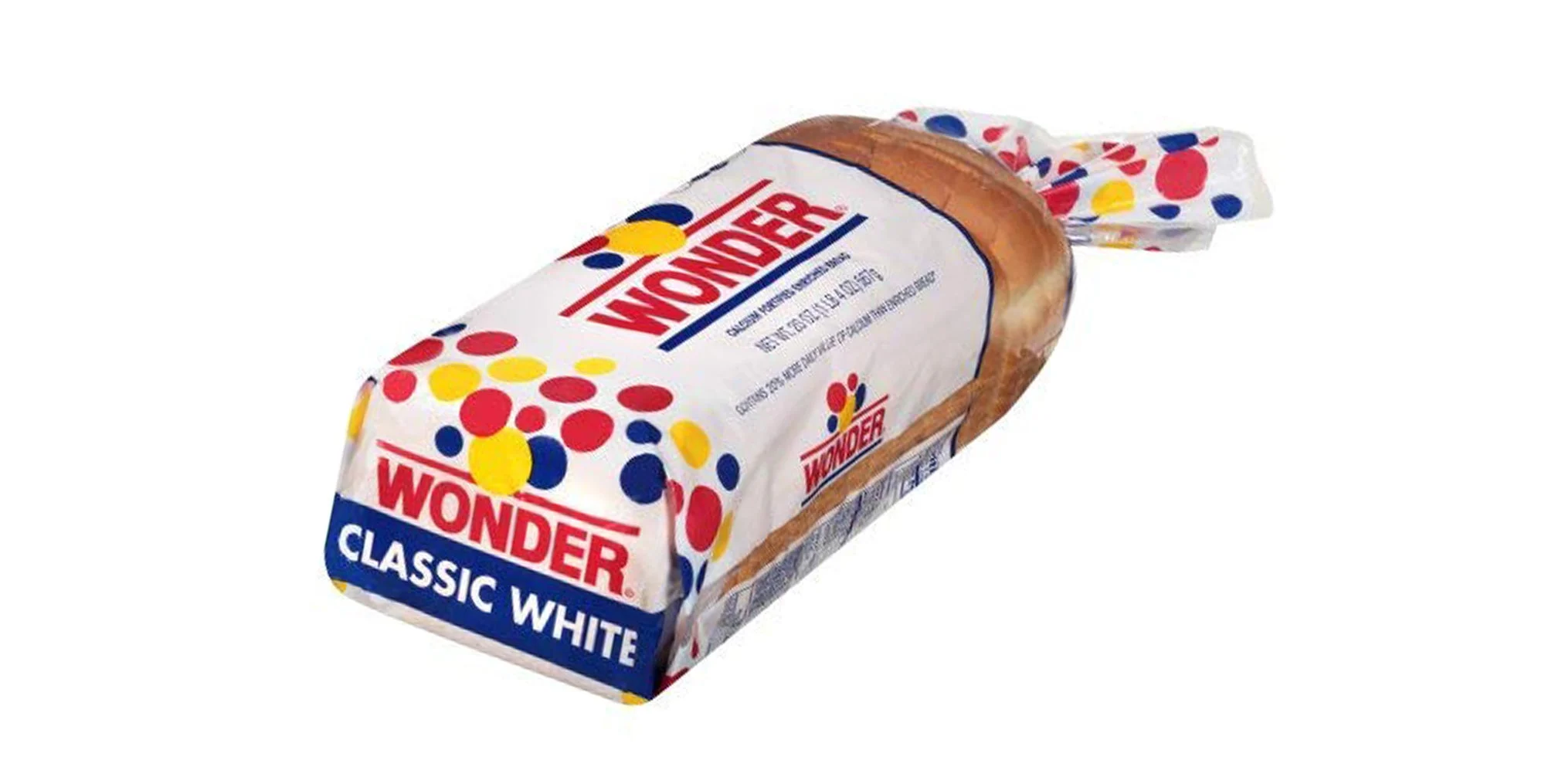
Squishy white bread can be balled up to make a good carp bait. Amazon
White bread (again, from the dollar store) is an incredibly potent carp bait. They’re attracted to the sweet, yeasty aroma, and there are several ways to use it. You can try ripping off chunks and tossing them where you’re fishing. Carp will often show up in short order to suck the pieces off the surface. Mold a piece of bread around your hook, then smash it flat so it floats, and gently cast it out into the mix. You can also wad up the fresh bread into a dense ball, pin it on the hook, and fish it on the bottom.
How to Catch Carp with Oatmeal
Oatmeal can be a very effective carp bait, but it does require a little prep work. European anglers use oats to create what they call “pack baits.” They’ll mix oats with water and flour, adding sweet flavors like vanilla extract, honey, or fruity jam, to create a thick, sticky goop. On the water, the mixed oats can be broadcast as chum, and then a small amount can be formed into a bite-sized ball and molded around the hook. Just make sure to keep the chum pile close and cast gingerly so the oat ball doesn’t fly off. You’ll also have to re-bait frequently as the oat ball will dissolve over time.
Carp Candy: Boilies

A handful of boilie rigs. American Carp Society
Though not commonly available on shop shelves in the U.S., these pre-made baits are available online and come in a huge variety of flavors. Boilies
start out as a paste which is then formed into balls and boiled until hard, creating a tough bait that carp are inclined to swallow whole. They work best on a hair rig, though you can stick a single boilie on a hook as well.
Garden Worms for Carp
I’d be remiss if I didn’t add garden worms to the list of top carp baits, though to be honest I’ve never personally caught a carp on one despite hours and hours of soaking them of other species. Every carp fishing website and tutorial will tell you that common worms are carp candies, and while there is no doubt that a fish rooting for food that happens upon your worm will suck it up, in my opinion, it’s not a high-percentage offering. They don’t emit the same sweet smell as other baits, nor would you really want chum with them because the local bluegills will eat the chum pile before the carp ever show up. Still, if you’re fishing a spread of multiple rods, the experts will tell you it’s never a bad idea to have a worm stuck on one of those hooks.
_A special thank you to the American Carp Society for photo support provided for this story. The American Carp Society was formed in 2002, with the goal of promoting and educating the public on the sport of carp fishing. For more information contact: info@americancarpsociety.com
or visit www.americancarpsociety.com
._

